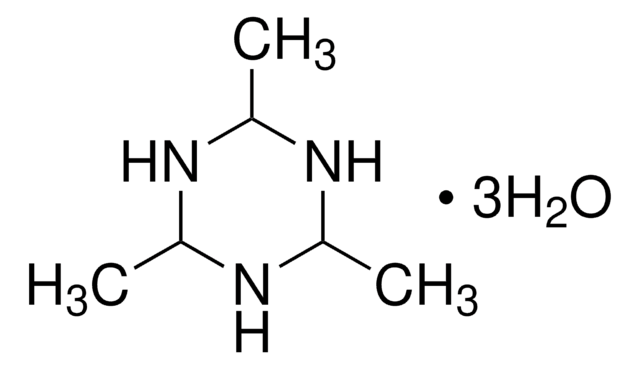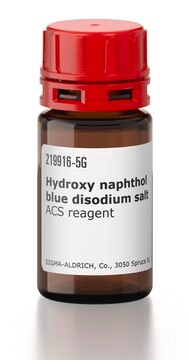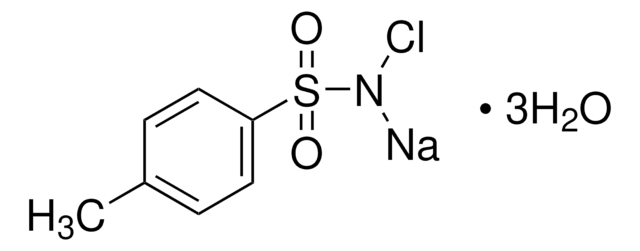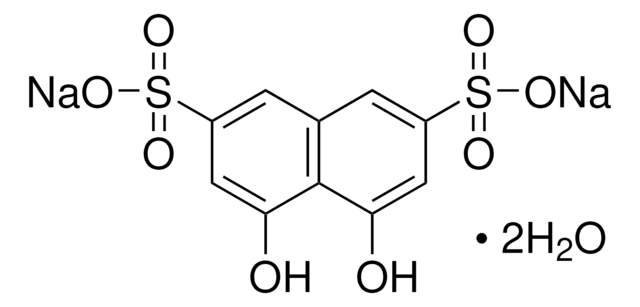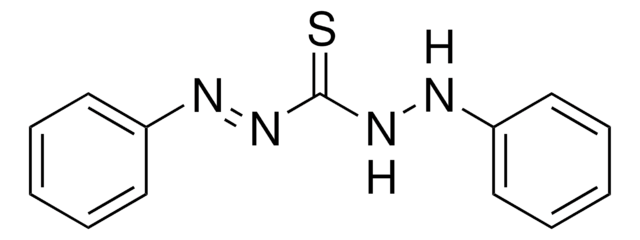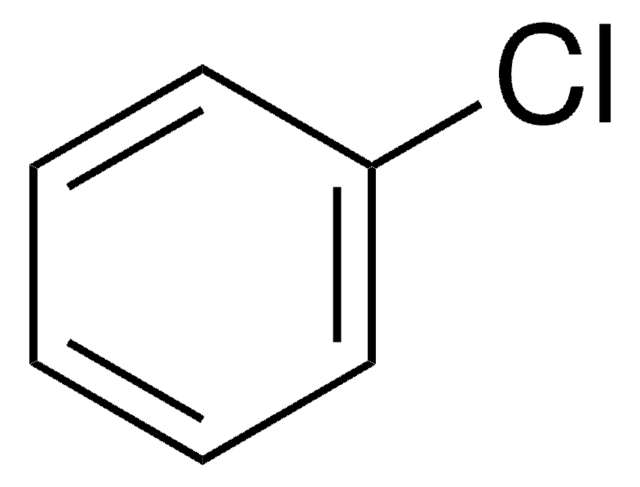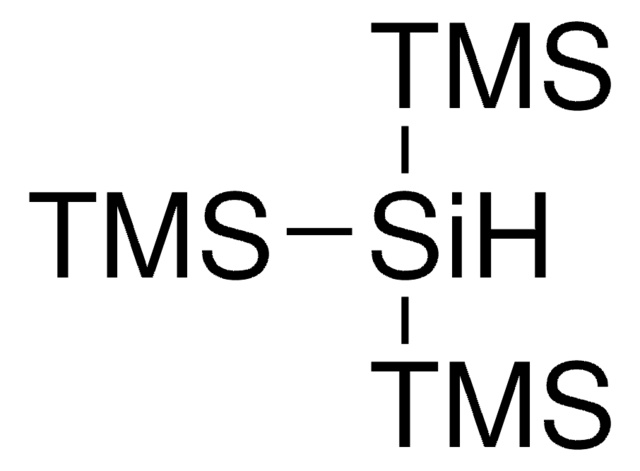Wichtige Dokumente
201316
Chinaldinrot
Dye content 95 %
Synonym(e):
2-(4-Dimethylaminostyryl)-1-Ethylchinolinium-Jod
About This Item
Empfohlene Produkte
Form
powder or crystals
Qualitätsniveau
Zusammensetzung
Dye content, 95%
Methode(n)
titration: suitable
Löslichkeit
ethanol: 1 mg/mL, clear, dark red
λmax
528 nm
Anwendung(en)
diagnostic assay manufacturing
hematology
histology
Lagertemp.
room temp
SMILES String
[I-].CC[n+]1c(\C=C\c2ccc(cc2)N(C)C)ccc3ccccc13
InChI
1S/C21H23N2.HI/c1-4-23-20(16-12-18-7-5-6-8-21(18)23)15-11-17-9-13-19(14-10-17)22(2)3;/h5-16H,4H2,1-3H3;1H/q+1;/p-1
InChIKey
JOLANDVPGMEGLK-UHFFFAOYSA-M
Suchen Sie nach ähnlichen Produkten? Aufrufen Leitfaden zum Produktvergleich
Verwandte Kategorien
Anwendung
Biochem./physiol. Wirkung
Lagerklassenschlüssel
11 - Combustible Solids
WGK
WGK 3
Flammpunkt (°F)
Not applicable
Flammpunkt (°C)
Not applicable
Hier finden Sie alle aktuellen Versionen:
Besitzen Sie dieses Produkt bereits?
In der Dokumentenbibliothek finden Sie die Dokumentation zu den Produkten, die Sie kürzlich erworben haben.
Kunden haben sich ebenfalls angesehen
Unser Team von Wissenschaftlern verfügt über Erfahrung in allen Forschungsbereichen einschließlich Life Science, Materialwissenschaften, chemischer Synthese, Chromatographie, Analytik und vielen mehr..
Setzen Sie sich mit dem technischen Dienst in Verbindung.

